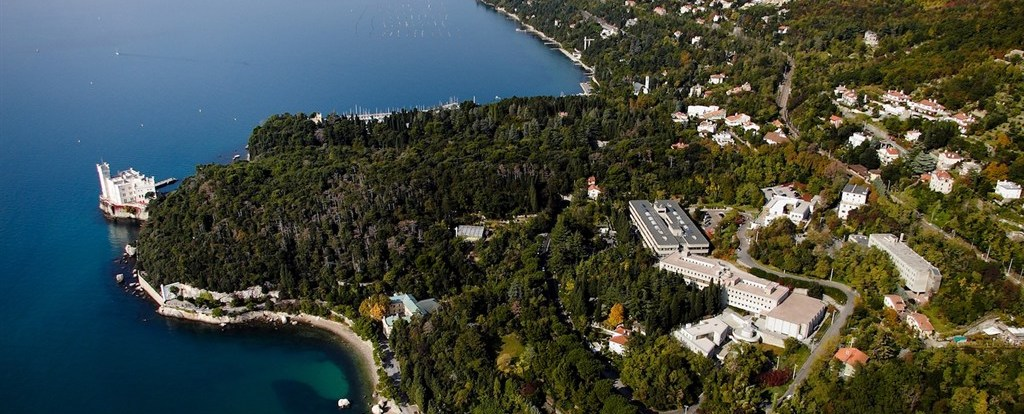Speaker
Description
Upcoming large-scale structure surveys will measure the matter power spectrum to approximately percent level accuracy with the aim of searching for evidence for new physics beyond the standard model of cosmology. In order to avoid biasing our conclusions, the theoretical predictions need to be at least as accurate as the measurements for a given choice of cosmological parameters. However, recent theoretical work has shown that complex physical processes associated with galaxy formation (particularly energetic feedback processes associated with stars and especially supermassive black holes) can alter the predictions by many times larger than the required accuracy. In this talk I will present SP(k), an analytical model for the effects of baryon physics on the non-linear matter power spectrum based on a new large suite of hydrodynamical simulations. Using this model, I will show that the effects of baryons on the matter power spectrum can be understood at approaching the percent level in terms of the mean baryon fraction of haloes, at scales of up to 𝑘 < 10 h/Mpc and redshifts up to 𝑧 = 3.

